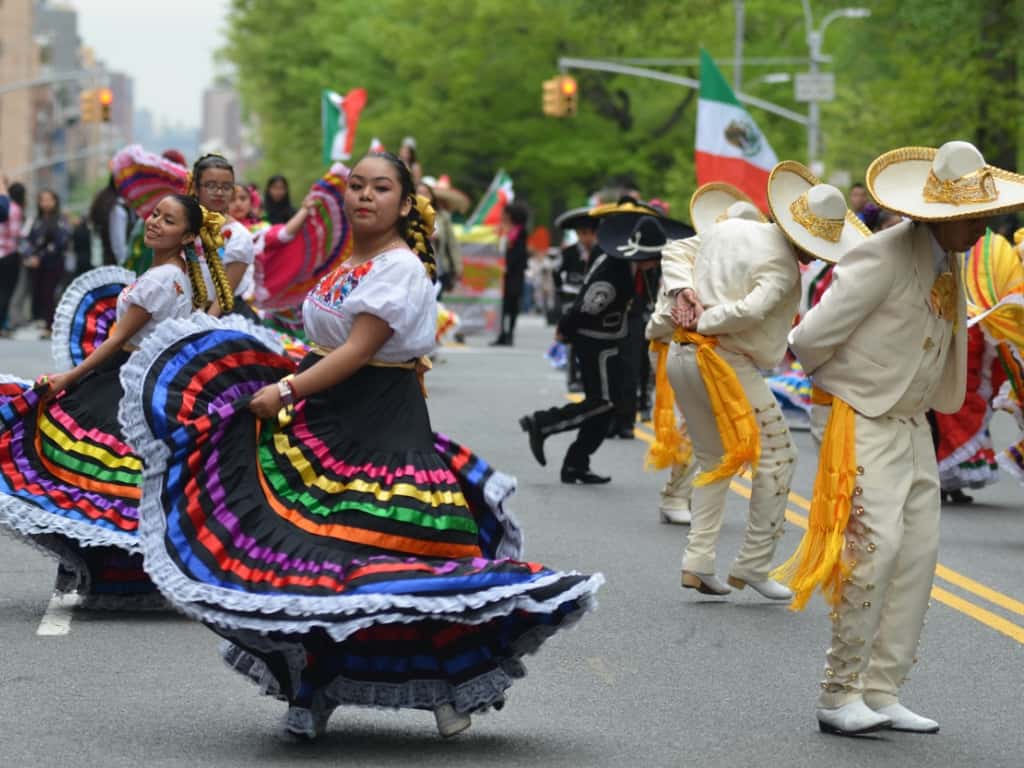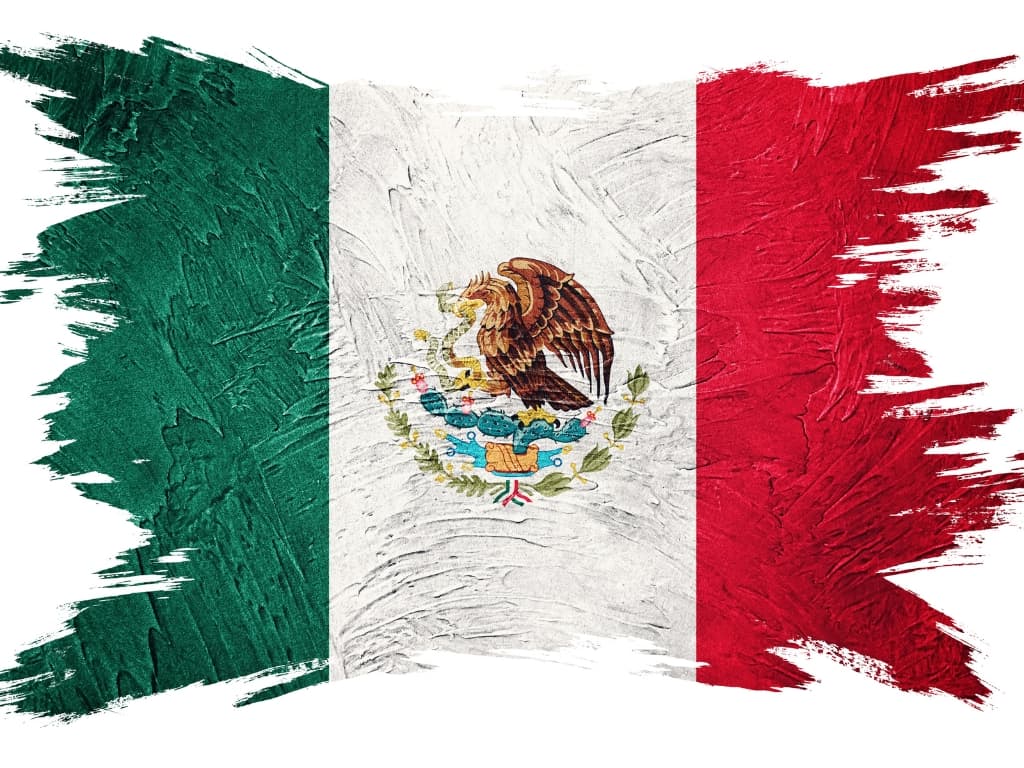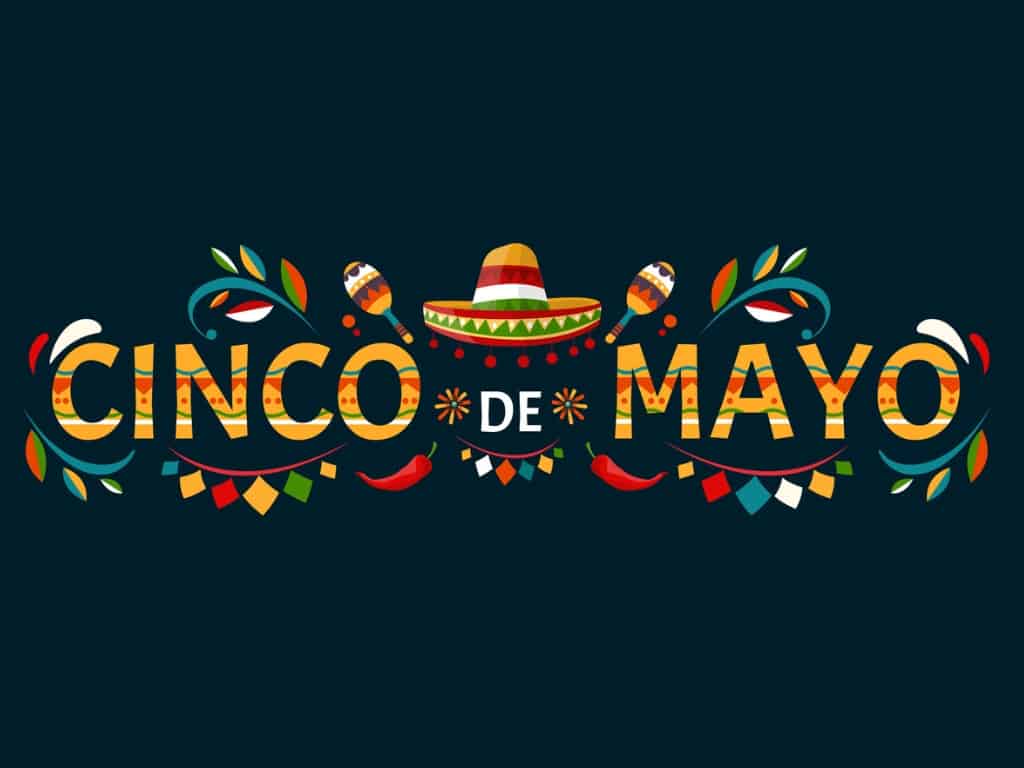Cinco de Mayo colors are inevitably the colors that underpin Mexico’s cultural identity. Although it is more popular in the United States, this is a joyous occasion and a ray of hope for all Mexican-American communities.
Cinco de Mayo comes with the arrival of spring. This important celebration in Mexican culture commemorates the triumph of the Mexicans against the French at the Battle of Puebla.
What is Cinco de Mayo?
Cinco de Mayo commemorates Mexico’s victory over France during the Battle of Puebla. This battle, which took place in Puebla on May 5, 1862, is today a source of celebration for Mexican culture. It is a commemoration of the Mexican heritage.
Its name means “Fifth of May” in Spanish – the victory’s date.
While Cinco de Mayo is a minor holiday in Mexico, it has become a mainstay for Mexican-American communities in the United States, allowing them to celebrate their cultural heritage.
Even if Cinco de Mayo is frequently confused with Mexican Independence Day, this celebration commemorates a single battle – the Battle of Puebla.
Brief History of Cinco de Mayo

In 1861, Mexico was in financial collapse. Benito Juárez, a Zapotec (an indigenous tribe) and lawyer was elected president.
This financial collapse caused the president to default on their debts to European governments.
For this reason, Spain, Britain, and France sent naval forces to Veracruz to demand repayment of the debts.
Although Britain and Spain reached an agreement with the president of Mexico, France – ruled by Napoleon III – regarded it as an opportunity to conquer.
In 1861, Veracruz was assaulted by a large French fleet. Convinced that they would win the battle easily, General Charles Latrille de Lorencez formed an army of 6000 troops and sent them toward Puebla de Los Angeles. This small town is located in the center of Mexico.
President Benito Juárez gathered an army of 2000 men – led by General Zaragoza and sent them to fortify the town. Although there were only 2000 men, these were loyal men, mostly indigenous Mexicans.
On May 5, 1862, the French colonel led a heavy artillery assault but was forced to withdraw his troops the same day, before nightfall, after losing more than 500 soldiers.
The Mexicans managed to drive out the French within hours. This battle was more of a symbolic victory for Mexico than a major one.
However, the French did not give up and remained on Mexican territory for five years.
In 1864, Napoleon III installed Ferdinand Maximilian as Emperor of Mexico. He was later captured and killed by Juárez’s forces.
In 1867, the United States assisted its neighbors, making the French retreat for good.
Shortly afterward, General Zaragoza died of typhoid fever.
Puebla de Los Angeles was named in memory of General Zaragoza, who was born in Texas.
Today, the holiday is more popular in the United States than in Mexico, where it is more widely observed in the state of Puebla, where the battle occurred.
In the United States, however, Cinco de Mayo truly celebrates Mexican culture.
Mexican colonists and miners in Columbia, California, celebrated the victory with pomp, making it a tradition for Meixcan-American culture.
The Chivan activists who raised awareness of this holiday in the 1960s are at the heart of this celebration. Thus this holiday became popular in the 1960s, especially in Southern California.
Cinco de Mayo is synonymous with parades, mariachi music, parties, traditional Mexican folk dances, and traditional food, particularly mole poblano and tacos.
Los Angeles and Chicago are the cities with the most elaborate celebrations.
So Cinco de Mayo does not commemorate Mexican Independence Day, celebrated on September 16, but rather the Battle of Puebla.
Where Do the Colors of Cinco de Mayo Come From?

The Cinco de Mayo colors are green, white, and red, which are the colors of the Mexican flag.
Although the Mexican flag has changed over time, its colors have remained consistent since 1821.
During the Mexican War for Independence, which lasted from 1810 to 1821, the insurgent forces that rose up against Spanish colonial rule utilized a diverse array of flags to symbolize their cause.
Some of these flags featured images such as the Virgin of Guadalupe, which held significant religious and cultural meaning for the Mexican people. The Virgin of Guadalupe is a revered figure in Mexican Catholicism and has historically been seen as a symbol of protection and guidance.
Another common flag used in that period featured the iconic eagle clutching a snake, which is now a central element of the Mexican national flag.
The main distinction in these flags was in the framing of the eagle and serpent motif. In some versions, the eagle was depicted perched on a cactus, while in others, it was surrounded by various symbols representing the struggle for independence.
After the unification of the Mexican insurgent forces and the establishment of the Army of the Three Guarantors, the flag resembled the modern Mexican flag.
The flag of the Army of the Three Guarantees, which was adopted in 1821, consisted of three diagonal stripes: green, white, and red. These colors symbolized the three main principles that the army and its leaders were fighting for independence, unity, and religion.
This flag’s design was a precursor to the current Mexican national flag.
However, this flag was used for less than a year. In 1823, the Army of the Three Guarantees was disbanded, and its flag was replaced by a new flag that laid the foundation for the modern Mexican flag. This one featured three vertical stripes.
Even if this flag maintained the green, white, and red stripes, it featured the addition of the national emblem in the form of an eagle perched on a cactus while clutching a snake. This was known as the “eagle of Anahuac.”
The addition of the national emblem to the Mexican flag in 1823 helped distinguish it from the similarly colored Italian flag.
In 1968, the government of Mexico introduced official regulations that established precise specifications for the dimensions and proportions of the flag’s elements.
This included specifying the exact ratio of the flag’s width to its length, as well as the dimensions and placement of the national emblem – the eagle perched on a cactus while clutching a snake.
What Do the Cinco de Mayo Colors Mean?
While the colors green, white, and red are used in various combinations on national flags around the world, Mexico’s flag is unique in the values and principles it evokes due to its historical and cultural significance.
Thus, the Mexican flag’s colors hold deep symbolism that goes beyond their visual representation.
Since the standardization of the Mexican flag’s design and proportions in 1968, the meanings associated with the colors – green, white, and red – have remained relatively consistent and accepted to symbolize the same principles.
However, prior to 1968, the meanings of the flag colors were indeed different from the current interpretations. In addition, at least two of these meanings have been altered since then.
Red
In terms of symbolism, the red stripe on the Mexican flag has changed the most over time.
Originally, during the period of the Second Mexican Empire under Emperor Maximilian I in the mid-19th century, the red stripe on the Mexican flag was associated with religion.
Thus, this emperor emphasized the importance of the Catholic religion in the empire’s identity. It was a symbol of their Roman Catholic faith.
Not surprising since red has rich symbolism in the Bible.
However, after the fall of the Second Mexican Empire and the establishment of the modern Mexican Republic, the symbolism of the red stripe shifted dramatically.
Today, the red stripe of the Mexican flag symbolizes the bloodshed and sacrifices made by the Mexican people in their struggle for independence and freedom. It’s a symbol of courage, valor, and resilience of those who fought for Mexico’s sovereignty and liberty.
This change reflects the shift from a foreign-imposed monarchy to a sovereign and independent nation that honors its history.
White
Like the red one, the Mexican flag’s white stripe has undergone a significant change in meaning over its history.
When the Mexican flag’s design was confirmed in 1864, the white stripe was meant to represent purity. This was during the time of the Second Mexican Empire, led by Emperor Maximilian I.
It is not surprising because white symbolizes purity and peace. They are probably the most common meanings used in the countries flags.
After 1968, the meaning of this color shifted. Instead of representing purity as it did during the era of the Second Mexican Empire, the white stripe came to symbolize unity. This change in interpretation reflects the Mexican people’s aspiration to unite as a single nation, transcending regional and cultural differences.
The fact that the Mexican people were united played an important role in helping the young nation fend off the Spanish forces and gain independence.
It exemplifies the power of collective action and the strength that can be drawn from a united front. This can also reflect Mexico’s evolving identity.
For these reasons, white, along with red, is a popular color in the national flags. The countries with white and red flags include the United States, United Kingdom, Australia, France, Netherlands, Croatia, Czech Republic, Serbia, Luxembourg, and Costa Rica.
Green
The green stripe in Mexico’s flag symbolizes hope for independence. It represents Mexico’s historic struggle for liberation from colonial rule and its ongoing commitment to self-determination and sovereignty.
Green usually means hope for the future, having the same symbolism as in other countries flags. Some examples include Italy, Cote d’Ivoire, and Senegal.
However, the green on Mexico’s flag, unlike Italy’s, is more about hope for freedom.
In some flags, green symbolizes extensive nature – for instance, the flags of Brazil or the Dominican Republic.
In countries such as Iran, Saudi Arabia, Sri Lanka, and Algeria, green is linked to religion.
This color can also symbolize prosperity, fertility, and harmony.
Interestingly, the symbolism of the green stripe on Mexico’s flag has remained relatively consistent throughout its history.
Regarding Cinco de Mayo, the flag’s three colors – green, white, and red – represent Mexico’s history, values, and identity. The holiday serves as an opportunity to celebrate Mexican culture, heritage, and the unity that allowed the Mexican people to unite and triumph against the odds.
While Cinco de Mayo is often associated with festive celebrations and cultural pride, it’s important to note that the holiday is more widely celebrated in the United States than in Mexico.
Last Words on Cinco de Mayo Colors
Cinco de Mayo, which means “Fifth of May” in Spanish, is a lovely holiday celebrated in Mexico and by Mexican-American communities in the United States.
And what better way to celebrate than in the colors of this flag’s state? They feature rich symbolism.
Green, white, and red are the Cinco de Mayo colors, as well as the colors of the Mexican flag. Green symbolizes hope, white represents unity and red stands for the bloodshed in the struggle for freedom.
Even if these colors are not formally recognized, green, white, and red remain pillars of Mexico’s cultural identity.
So, we wish you a happy Cinco de Mayo. After all, it’s all about hope for a better future.
Did you enjoy this article on Cinco de Mayo colors? Help us spread the word and share it with your friends.

